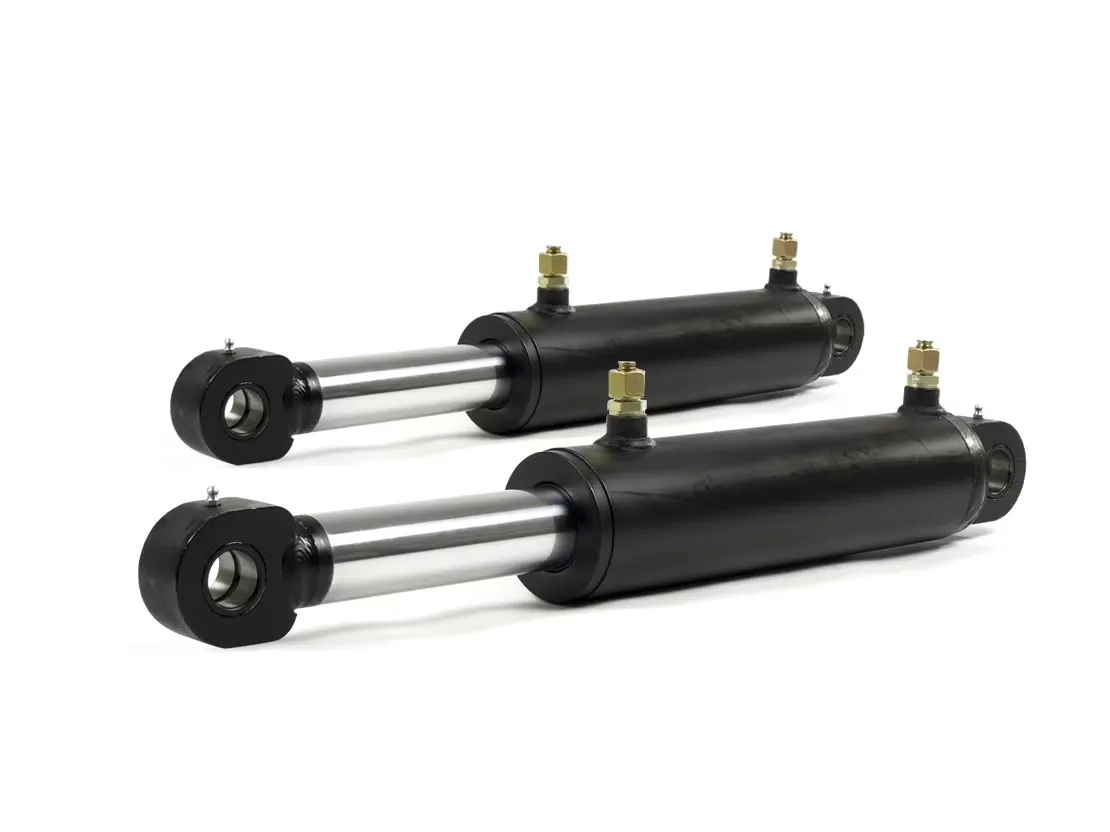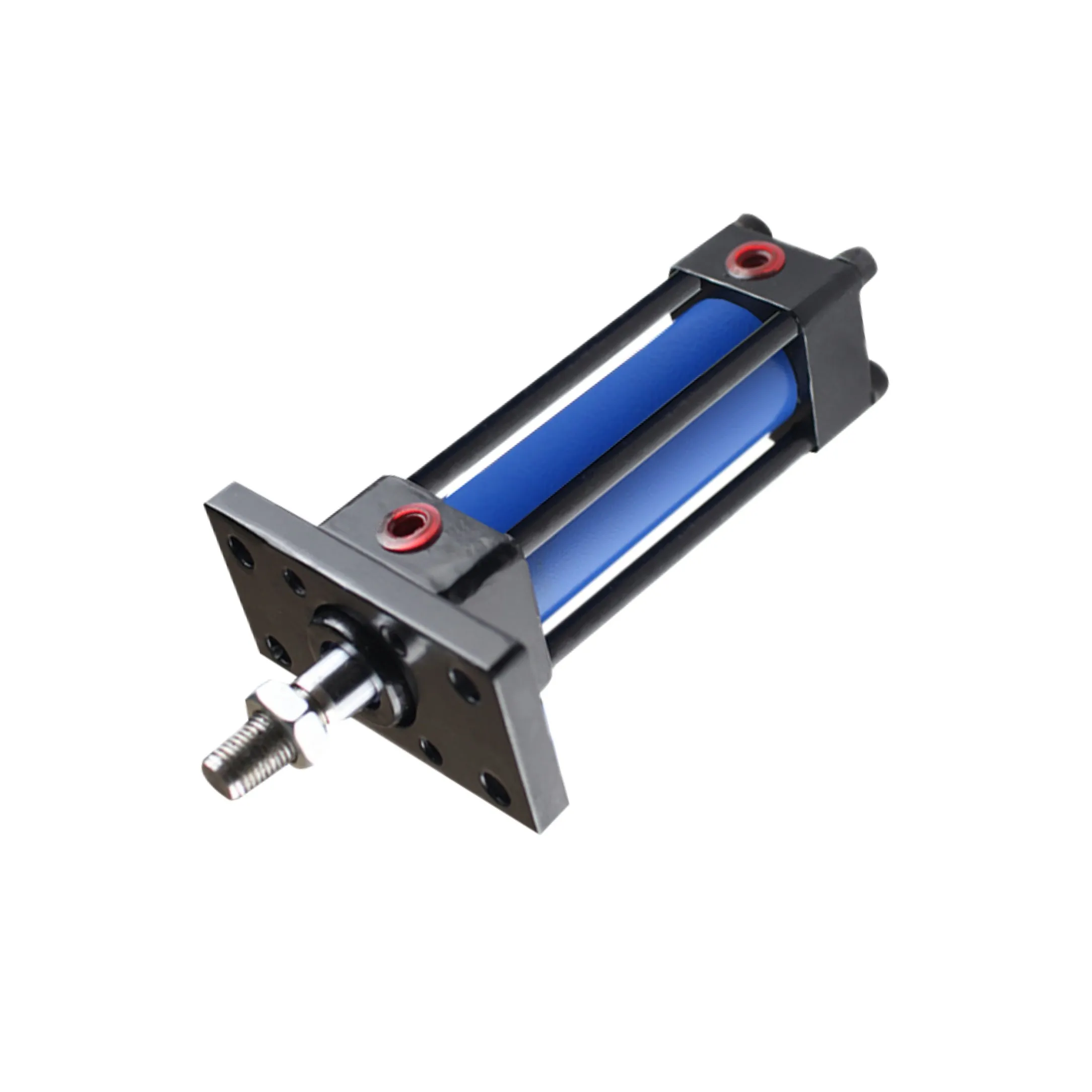Exploring the Versatility of Industrial Hydraulic Cylinder Applications In Power Generation
Understanding the Key Components of Hydraulic Cylinders
Hydraulic cylinders play a crucial role in various industrial applications, including power generation. These components are designed to convert fluid power into mechanical force and motion, making them essential for powering machinery and equipment.
- Main Components: Hydraulic cylinders consist of a cylinder barrel, piston, piston rod, seals, and hydraulic fluid. The cylinder barrel houses the piston, which moves back and forth to generate force. The piston rod connects the piston to the machinery being operated.
- Structure: The structure of a hydraulic cylinder is robust and durable, ensuring reliable performance in demanding industrial environments. The cylinder’s design allows for precise control of force and motion, making it ideal for power generation applications.
The Principle of Hydraulic Cylinder Operation
Hydraulic cylinders operate based on the principle of Pascal’s law, which states that pressure exerted on a confined fluid is transmitted undiminished in all directions. This principle allows hydraulic cylinders to generate significant force with minimal input.
- Control Overview: The operation of hydraulic cylinders involves the use of hydraulic fluid to create pressure, which in turn moves the piston within the cylinder. By controlling the flow of fluid, operators can regulate the speed and force of the cylinder.
Types of Hydraulic Cylinders in Industrial Applications
Various types of hydraulic cylinders are commonly used in power generation and other industrial sectors to meet specific requirements and performance needs.
Single Acting Cylinder
The single acting cylinder operates in one direction, using hydraulic fluid to extend the piston and generate force. It is commonly used in applications where force is required in one direction only.
Double Acting Cylinder
The double acting cylinder can generate force in both directions, allowing for greater flexibility in controlling motion and force. It is widely used in power generation equipment for its versatility.
Telescopic Cylinder
Telescopic cylinders consist of multiple nested stages that extend and retract to provide varying stroke lengths. They are used in power generation applications where compact size and extended reach are essential.
Differential Cylinder
Differential cylinders use hydraulic pressure differentials to generate force, offering precise control and high efficiency. They are commonly employed in power generation systems that require accurate force regulation.
Advantages of Industrial Hydraulic Cylinders
Industrial hydraulic cylinders offer several key advantages that make them indispensable in power generation and other industries.
- High Force Output: Hydraulic cylinders can generate immense force, making them suitable for heavy-duty applications in power generation.
- Precision Control: Operators can precisely control the speed and force of hydraulic cylinders, ensuring accurate operation of machinery.
- Reliability: Hydraulic cylinders are known for their durability and long service life, providing consistent performance in demanding environments.
- Compact Design: The compact size of hydraulic cylinders allows for easy integration into power generation equipment, saving space and simplifying installation.
- Efficiency: Hydraulic systems are highly efficient, converting fluid power into mechanical force with minimal energy loss, making them cost-effective in power generation applications.

Industry Applications of Industrial Hydraulic Cylinders
Industrial hydraulic cylinders are widely used in various sectors, including power generation, manufacturing, construction, mining, and agriculture.
Manufacturing
In manufacturing, hydraulic cylinders are utilized in robotic systems, assembly lines, and material handling equipment to facilitate precise movement and control.
Construction
Construction equipment such as cranes, excavators, and bulldozers rely on hydraulic cylinders for lifting, digging, and pushing tasks, ensuring efficient operation on job sites.
Mining
Mining machinery uses hydraulic cylinders for rock drilling, material transport, and ore extraction, providing the power and precision needed for mining operations.
Agriculture
Agricultural machinery such as tractors, harvesters, and irrigation systems benefit from hydraulic cylinders for tasks like plowing, harvesting, and water distribution, enhancing productivity in farming.
Selecting the Right Industrial Hydraulic Cylinder
Choosing the correct hydraulic cylinder for a specific application requires careful consideration of various factors to ensure optimal performance and efficiency.
- Load Capacity: Determine the maximum force the cylinder will need to exert to select an appropriate load capacity.
- Stroke Length: Consider the required distance the piston needs to travel to meet the application’s operational needs.
- Bore Size: Select a cylinder with a bore size that matches the flow rate and pressure requirements of the hydraulic system.
Maintenance and Care of Industrial Hydraulic Cylinders
Regular maintenance and proper care are essential to prolong the service life and performance of industrial hydraulic cylinders in power generation and other applications.
Best practices for maintenance include inspecting for leaks, lubricating moving parts, and cleaning the cylinder to prevent contamination and ensure smooth operation.
Installation and Maintenance Tasks
When installing and maintaining industrial hydraulic cylinders, it is crucial to follow proper procedures to avoid damage and ensure safe operation.
- Cleaning: Regularly clean the cylinder and surrounding components to prevent dirt buildup and contamination.
- Lubrication: Apply the appropriate lubricant to moving parts to reduce friction and wear, ensuring smooth operation.
- Checking Wear: Inspect the cylinder for signs of wear or damage, such as leaks, dents, or corrosion, and address any issues promptly.
Fault Diagnosis and Troubleshooting
Identifying common problems and faults in industrial hydraulic cylinders is essential for maintaining optimal performance and preventing equipment downtime.
Common issues such as leaks, seal damage, and fluid contamination can be diagnosed and resolved by following troubleshooting tips and solutions to restore functionality.
Preventive Measures for Optimal Performance

To minimize potential problems and optimize the performance of industrial hydraulic cylinders in power generation, preventive measures such as regular inspections, fluid analysis, and component replacement are recommended.
These measures can help identify issues early and prevent costly repairs or downtime, ensuring continuous operation of power generation equipment.
Choosing the Right Industrial Hydraulic Cylinder
Exploring the factors that should be considered in selecting industrial hydraulic cylinders for power generation applications is essential to ensure compatibility and efficiency.
By assessing load requirements, stroke lengths, and operating conditions, operators can choose the right hydraulic cylinder to meet the specific needs of their power generation equipment.
Long-Tail Keywords and SEO Articles
Industrial hydraulic cylinders offer a wide range of applications and benefits in power generation and other industries. By focusing on long-tail keywords related to specific uses and advantages, SEO articles can target niche audiences and provide valuable insights into the capabilities of hydraulic cylinders.
Our Company: Leading Hydraulic Cylinder Manufacturer
As a trusted hydraulic cylinder replacement manufacturer, our company offers a comprehensive product line and has established itself as a leading supplier in the domestic and international markets.
With professional expertise, international certifications, customized services, state-of-the-art production equipment, and dedicated after-sales support, we are committed to delivering high-quality hydraulic cylinders for various industrial applications, including power generation.
Author: lyl
